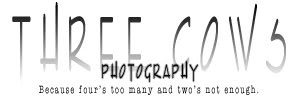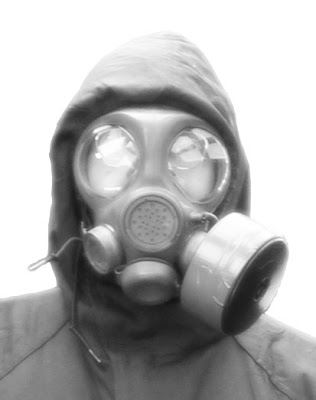 This is an oldie but a favorite. It is a digital version of a traditional slide film technique which I learned about in one of my favorite photography books, "Photo Impressionism And the Subjective Image" by Freeman Patterson and André Gallant. This book explores the (obviously) impressionistic side of photography through the use of multiple exposures, montages, and other ways of showing more than what the film (or silicon) simply records. While impressionism may not be for everyone, I think that it can show an ability to take photography past the usual into the unusual and beautiful. Whether I am capable of doing that is another thing entirely, of course :)
This is an oldie but a favorite. It is a digital version of a traditional slide film technique which I learned about in one of my favorite photography books, "Photo Impressionism And the Subjective Image" by Freeman Patterson and André Gallant. This book explores the (obviously) impressionistic side of photography through the use of multiple exposures, montages, and other ways of showing more than what the film (or silicon) simply records. While impressionism may not be for everyone, I think that it can show an ability to take photography past the usual into the unusual and beautiful. Whether I am capable of doing that is another thing entirely, of course :)The actual traditional slide film technique starts with a long focal length lens (at least 200mm in 35mm terms; longer is better) and slide film. A person would take two shots, one IN focus and 2 stops over-exposed, and one thrown completely OUT of focus, and 1 stop overexposed. Once developed, the slides are removed from their mounts, placed on top of one another, and remounted into a slide holder. The over-exposures then add together to make a (roughly) properly exposed shot which has a light, in-focus image at the core, and an overall "glow" from the out-of-focus image.
These instructions are merely a starting point. This technique takes a bit of trial and error with (expensive) slide film; after losing patience with said expensive slide film, I attempted to recreate the general idea using a scanned, properly-exposed slide image which was then modified by multiple layers of gaussian blur (mimicing out-of-focus lens blur), with variable opacities for each layer (to mimic overexposure). It's not quite like the examples in the book, but I like it nonetheless since it's in the ballpark. I'd like to try it with a few more shots but I'm particular about which images I think are correct for the technique.


No comments:
Post a Comment